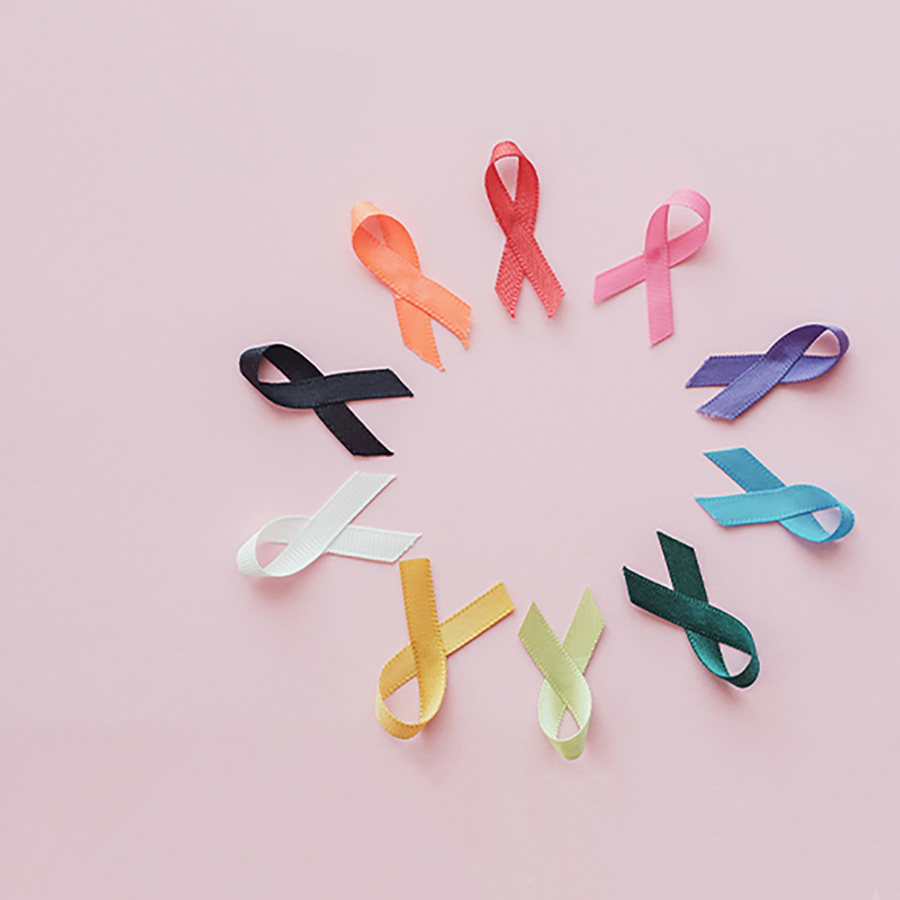
Why does cancer occur in humans?
February 13, 2013

A high school student from New York asks:
“Why does cancer occur in humans? It is strange to me, as I have no idea how cancer even gets into the human body in the first place.”
Cancer is not exactly something that gets into the human body. It starts when something humans already have, our own DNA, gets changed.
These DNA changes, also called mutations, actually happen pretty often. Sometimes they are caused by something outside in the environment. (This may be why you think that cancer is something that gets into the body.) But they can also happen on their own inside of our cells.
Most of the time these DNA mutations don’t cause any trouble or they get fixed quickly. But occasionally, they cause cells to grow and multiply out of control. It is these harmful DNA mutations that lead to cancer.
Mutations are New Changes in DNA
Your DNA is made up of a string of chemical bases (A’s, T’s, C’s, and G’s) that is over six billion letters long. It contains the instructions for making every part of you, sort of like a cookbook filled with recipes. Everyone has a unique sequence of DNA, which is stored in each of the trillions of cells in your body.
For the most part, the DNA in all of your cells pretty much stays the same throughout your life. However, sometimes a bit of it gets changed.
These changes can happen because of damage from things like cigarette smoke, the ultraviolet light from the sun, or even certain viruses. This would be like spilling something on your cookbook so part of a recipe is now hard to read.
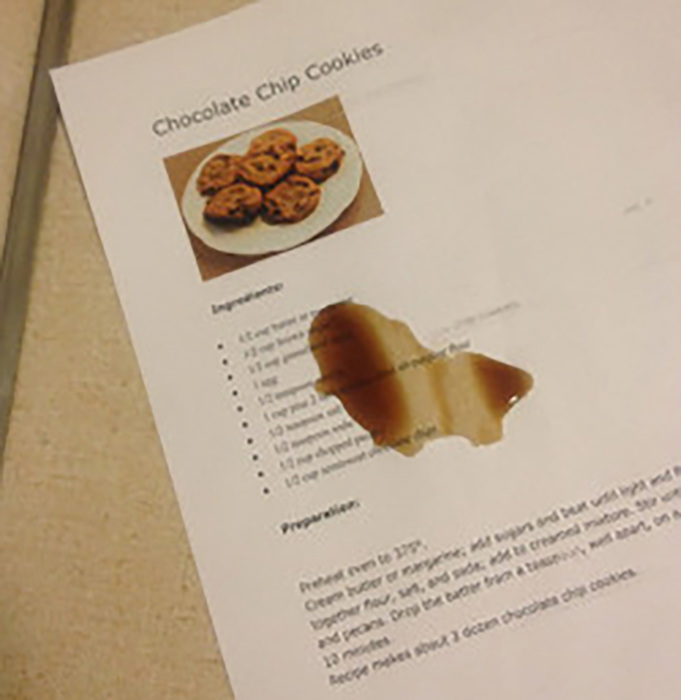
Changes can also happen when cells grow and divide. See, when cells divide, they need to make a copy of all six billion letters of DNA so each cell has its own set of DNA.
Cells are very good at copying their DNA but they aren’t perfect. Occasionally a mistake creeps in and sometimes that mistake causes cancer. This is like copying a letter or two incorrectly in a recipe. Maybe changing 1 tsp of salt to 1 tbsp.
Of course, our DNA isn’t actually filled with recipes. But it is a long string of letters with instructions in it. And DNA mutations can change one of the letters into another, add extra letters or take some away.
Here’s what a few different kinds of mutations might look like:
|
Original DNA |
AGGCTA |
|
Substitution |
AGTCTA |
|
Insertion |
AGGACTA |
|
Deletion |
AG—CTA |
You may be wondering, if so many different things can change your DNA, then why doesn’t everyone get cancer? Part of the reason is there is a lot of redundancy in the system. In other words, there are plenty of backups in place if something goes wrong.
What this means is that cancer doesn’t usually happen because of a single mutation. Instead, there often needs to be many mutations in your DNA before it can turn normal cells into cancerous ones.
So, while you may get a mutation that increases the chances that you get cancer, you may not have cancer unless you also have some other mutations in your DNA at the same time. You need to knock out the backups too.
Another reason why DNA mutations don’t always lead to cancer is because their location matters. Some changes don’t affect anything at all while others are real doozies.
Location, Location, Location
Not all six billion bases of your DNA are equally important. Just like every part of a cookbook isn’t important.
The parts of a cookbook that talk about the region of the world the recipe came from are nice to have but not critical for making the spaghetti. Our DNA is the same way. There are some parts that just don’t matter as much as others. In fact, there are some that probably don’t matter at all.
So if a change happens in these less important regions, it won’t have much of an effect. The cell will keep chugging along and everything will be OK.
But if a change happens in certain areas, bad things can start to happen. The best-understood changes are those in genes.
Genes have instructions for making molecules called proteins. And each protein has a specific job it does in the cell. Proteins can be thought of as workhorses of the cell.
If one of these proteins stops working properly, then its job isn’t getting done. And if the job is important, then the cell could be in trouble.
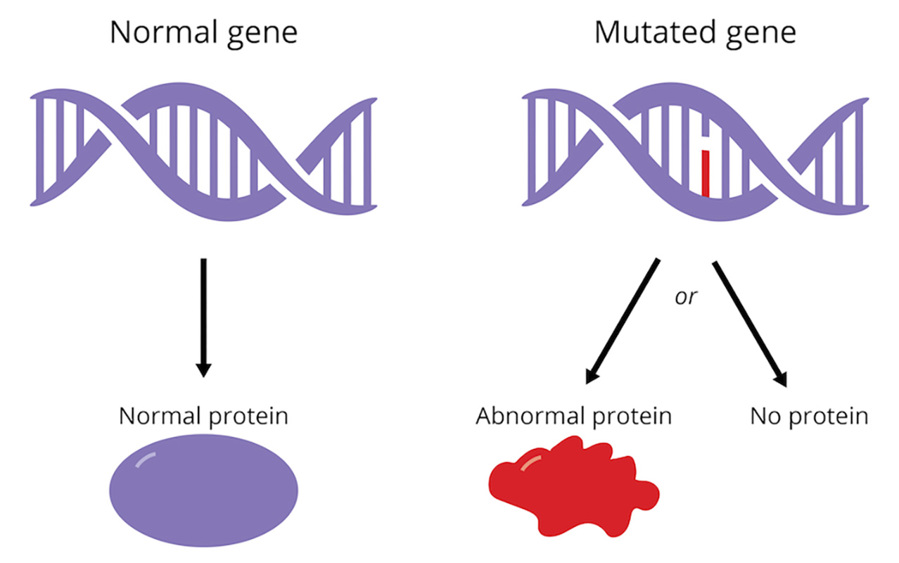
Between the time we are born and the time we reach adolescence, our bodies are getting taller and larger. This means our cells have to grow and divide a lot.
As adults, our cells don’t divide nearly as often. It usually just happens when old cells need to be replaced or when something in the body needs repair.
The signals that tell a cell to divide are complicated but an easy way to think of them is as a bunch of traffic lights. A green light means the cell should divide into two, and a red light means stop dividing.
Cancer can happen if a green light is constantly on and/or if a red light stops working. In reality, these green lights and red lights are different proteins in the cell that are helping the cell divide or not divide.
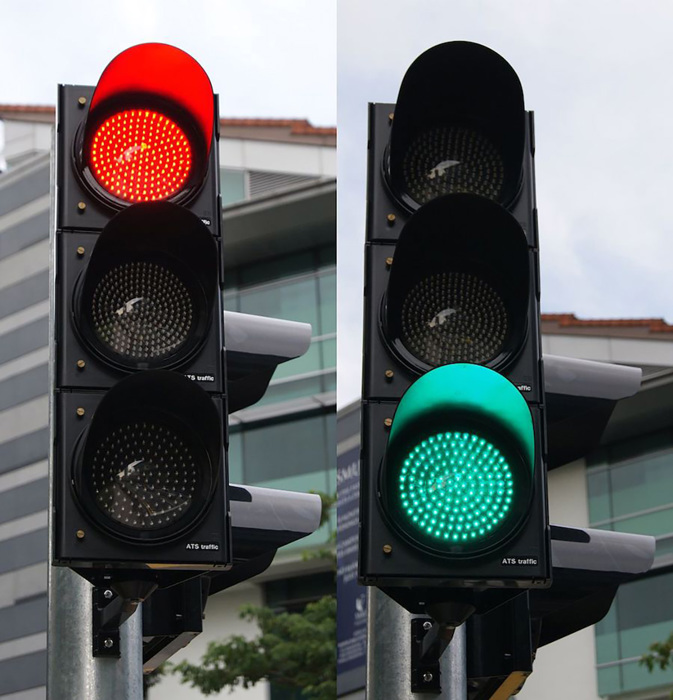
Now, let’s go back to thinking about what kinds of mutations lead to cancer. Although some DNA mutations in genes are good for us, a lot of them aren’t.
Think back to how DNA is like a recipe. If you follow a recipe very carefully, you usually get good results. But if you make a random change to the recipe, it probably won’t turn out as well. If I decide to add a “0” somewhere in my cookie recipe and end up adding 10 cups of flour instead of 1 cup, my cookies certainly won’t be as tasty!
So, we know that DNA mutations in genes tend to be harmful instead of beneficial. We also know that a lot of cancers are caused by broken “red light” and “green light” proteins involved in cell division. As a result, it makes sense that many cancerous mutations are in genes which code for these signaling proteins.
There are mutations in other kinds of genes that also lead to cancer. For instance, in the beginning of this answer I mentioned that most DNA mutations get fixed. So you can imagine that a lot of cancers may also be caused by mutations in genes that code for proteins which repair damaged DNA. It turns out that mutations in this type of gene contribute to a lot of breast cancer cases.
Mutations in parts of DNA that do not code for genes also cause cancer, but scientists do not have as clear of an idea on how these mutations work. The whole catalog of mutations that lead to all different types of cancer is also not complete yet, but scientists are getting there.
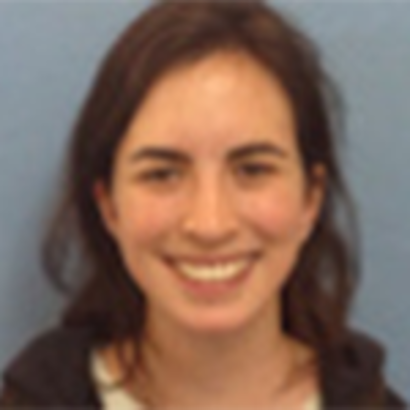
Author: Arielle Yablonovitch
When this answer was published in 2013, Arielle was a Ph.D. candidate in the Department of Biophysics, studying RNA editing in drosophila in Billy Li’s laboratory. She wrote this answer while participating in the Stanford at The Tech program.
 Skip Navigation
Skip Navigation
